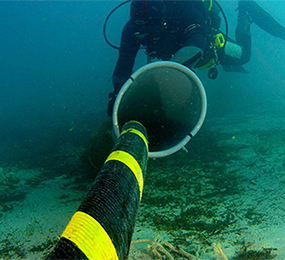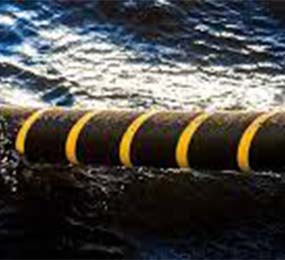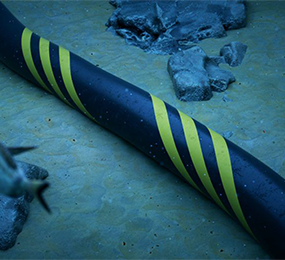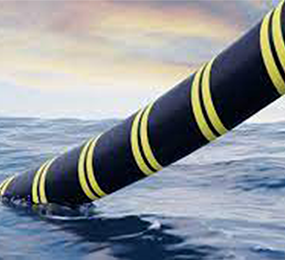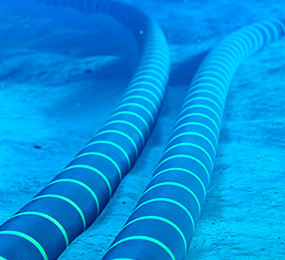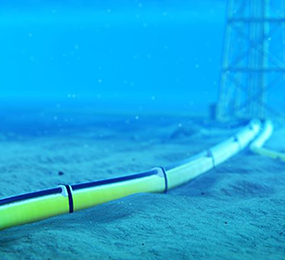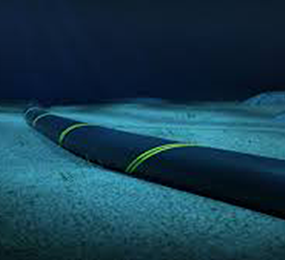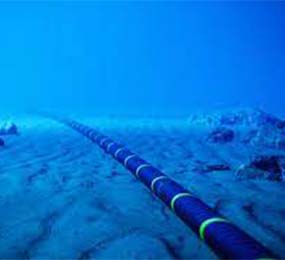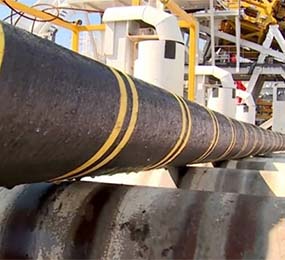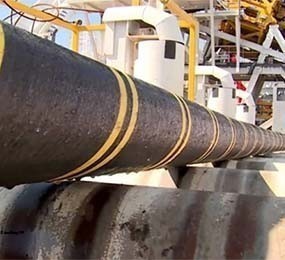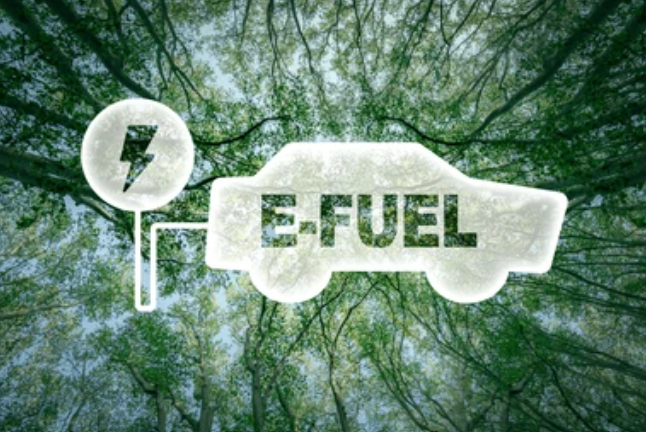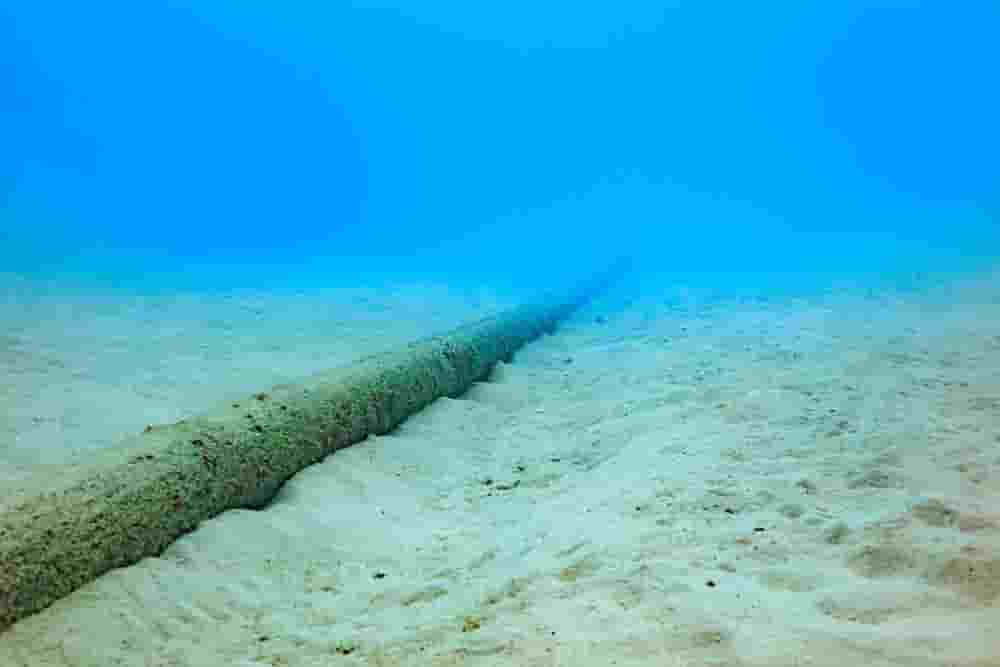Advancements in Submarine Power Cable Technology: Improving Efficiency and Reliability
Submarine power cable technology has witnessed remarkable advancements in recent years, revolutionizing the way electricity is transmitted across bodies of water. These innovations have brought about significant improvements in the efficiency and reliability of submarine power cables, making them an indispensable component of our global energy infrastructure.
One key area of advancement is the development of high-voltage direct current (HVDC) submarine cables. HVDC technology allows for the efficient transmission of large amounts of electricity over long distances with minimal losses. These cables employ advanced insulation materials and enhanced conductor designs, enabling them to carry higher power capacities while maintaining optimal electrical performance. The utilization of HVDC submarine cables has greatly improved the efficiency of long-distance power transmission, facilitating the integration of renewable energy sources and enabling the interconnection of remote grids.
Furthermore, advancements in cable design and manufacturing techniques have significantly enhanced the reliability and durability of submarine power cables. The introduction of robust materials, such as cross-linked polyethylene (XLPE) and ethylene propylene rubber (EPR), has increased the cable's resistance to external forces, including mechanical stress, temperature variations, and marine hazards. Moreover, improved insulation systems and protective coatings have extended the lifespan of submarine cables, reducing the need for frequent maintenance and replacements.
Another notable advancement is the incorporation of smart monitoring and diagnostic systems in submarine power cables. These systems utilize advanced sensors and communication technologies to continuously monitor the cable's condition, detecting any potential faults or abnormalities. Real-time data analysis allows for early detection of cable degradation, enabling proactive maintenance and minimizing the risk of unexpected failures. This proactive approach significantly improves the reliability of submarine power cables, ensuring uninterrupted power transmission and minimizing downtime.
In addition, advancements in installation and repair techniques have streamlined the process of deploying and maintaining submarine power cables. Innovations such as remote-operated vehicles (ROVs) equipped with specialized tools and underwater robotics have made cable laying and repair operations more efficient and cost-effective. These technologies enable quicker response times, reducing the impact of cable faults on power supply and minimizing disruptions to energy networks.
Overall, advancements in submarine power cable technology have revolutionized the efficiency and reliability of underwater power transmission. Through the incorporation of HVDC technology, improved cable design, smart monitoring systems, and innovative installation methods, submarine power cables have become a critical component of our global energy infrastructure. These advancements not only facilitate the integration of renewable energy sources but also ensure a stable and resilient power supply, supporting the transition towards a more sustainable and reliable energy future.
Visit our website to know more: https://www.leadventgrp.com/events/2nd-annual-submarine-power-cable-and-interconnection-forum/details
For more information and group participation, contact us: [email protected]
Leadvent Group - Industry Leading Events for Business Leaders!
www.leadventgrp.com| [email protected]


